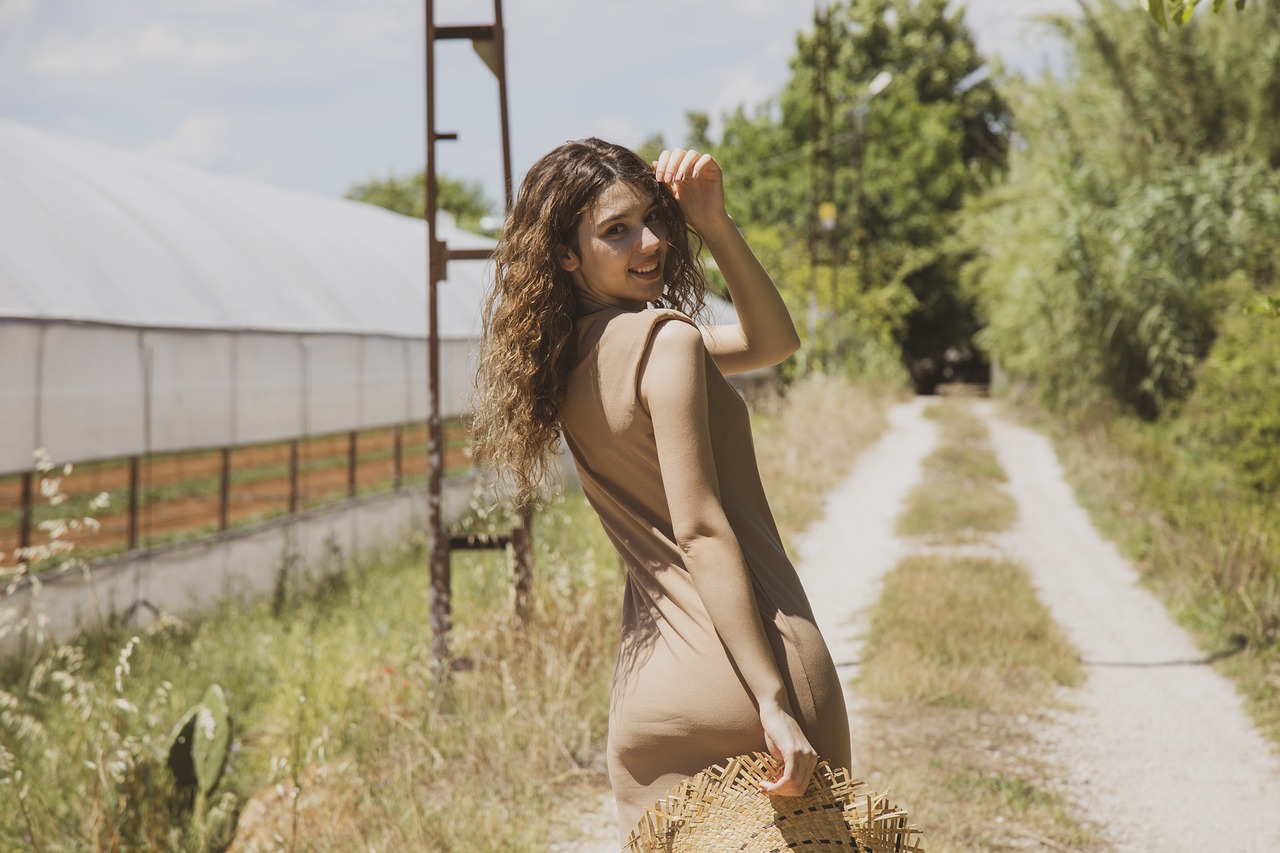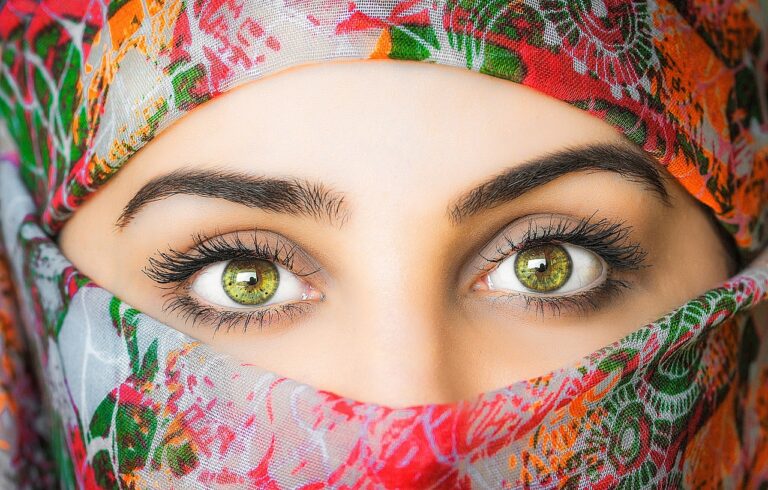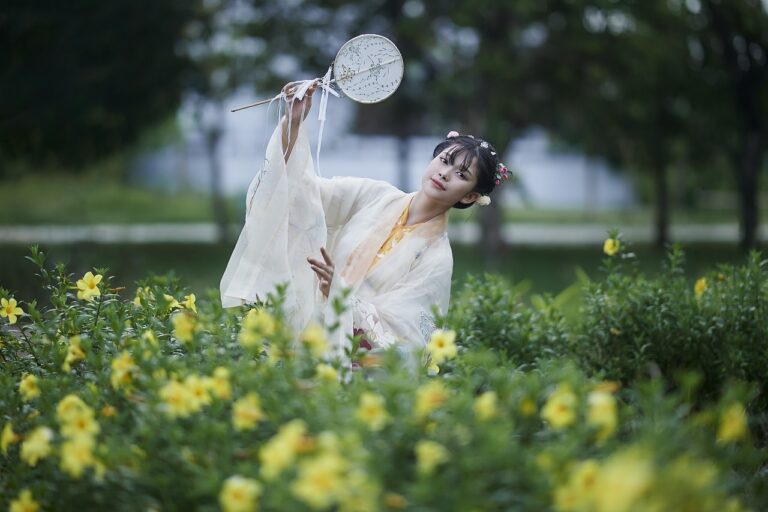Fashion and Politics: Analyzing Clothing as a Form of Expression and Protest
Fashion and politics have a longstanding relationship that is often underestimated in its impact. The way we dress can communicate powerful messages about our beliefs, affiliations, and identities. Throughout history, political figures and ordinary citizens alike have used clothing as a tool for self-expression and protest, making it a significant medium for social and political change.
The clothes we wear can symbolize solidarity with a cause, represent resistance against injustice, or even challenge societal norms. From suffragettes wearing white to symbolize purity and virtue to Black Panthers donning black leather jackets to exude power and strength, clothing has been instrumental in shaping the narratives of various political movements. In today’s world, the fusion of fashion and politics continues to evolve, with individuals harnessing the power of attire to amplify their voices and advocate for change.
Historical Examples of Clothing as Protest
One notable historical example of clothing being used as a form of protest is the Suffragette movement in the late 19th and early 20th centuries. Women fighting for the right to vote in the United Kingdom and the United States often wore white attire to symbolize purity and virtue, challenging societal norms and traditional gender roles.
Similarly, during the civil rights movement in the 1960s, African American activists utilized their clothing choices as a means of resistance. The concept of “Black is Beautiful” emerged, promoting pride in African heritage and combatting racial discrimination. Clothing, such as dashikis and afros, became powerful symbols of identity and empowerment, challenging the status quo and advocating for equality.
• The Suffragette movement in the late 19th and early 20th centuries used white attire to symbolize purity and virtue
• Women fighting for the right to vote challenged societal norms and traditional gender roles through their clothing choices
• During the civil rights movement in the 1960s, African American activists promoted pride in African heritage through clothing
• The concept of “Black is Beautiful” emerged as a form of resistance against racial discrimination
• Dashikis and afros became powerful symbols of identity and empowerment during this time period
The Role of Clothing in Political Movements
Throughout history, clothing has been utilized as a powerful tool in political movements. Particularly, symbols and messages conveyed through attire have played a significant role in expressing solidarity, resistance, and identity within various social and political contexts.
From suffragettes in the early 20th century wearing white clothing to symbolize purity and their fight for women’s rights, to activists in the Civil Rights Movement donning dashikis and afros to embrace their African heritage and challenge systemic racism, clothing has been a means of visually embodying ideologies and demanding societal change. The deliberate choice of garments in these movements not only served as a form of self-expression but also as a way to visually unite individuals under a common cause and challenge the status quo.
How has clothing been used in political movements throughout history?
Clothing has been used as a tool for political expression and protest in various historical movements, such as the Civil Rights Movement in the United States and the Suffragette Movement in the United Kingdom.
How does clothing intersect with politics?
Clothing can be used to make a statement or show solidarity with a particular cause or political movement. It can also be used as a form of protest against oppressive regimes or unjust policies.
What are some examples of clothing being used in political protests?
Historical examples include the wearing of black armbands during the Vietnam War protests, the use of the color purple during the Women’s Suffrage Movement, and the wearing of hoodies in support of Trayvon Martin.
How does clothing play a role in shaping public perception of political movements?
Clothing can help to visually represent a movement’s values, beliefs, and goals. It can also serve as a symbol of unity and solidarity among supporters of a particular cause.







